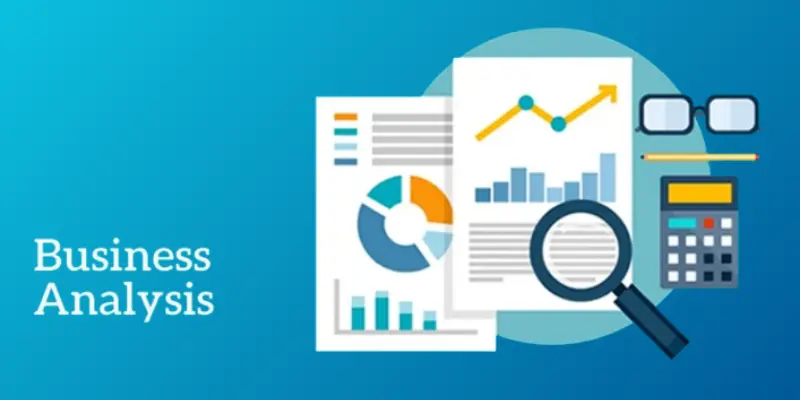How Do Statistical Techniques Contribute to Business Analysis?
Statistical techniques are crucial in business analysis, offering valuable insights into data patterns, trends, and relationships. In today’s data-driven business environment, these methods are widely used to analyze complex datasets, make informed decisions, and drive business strategy. This blog explores how statistical techniques contribute to an MBA in Business Analysis, emphasizing their significance and practical applications in business analytics.
The Role of Statistical Methods in Business Analytics
Statistical methods form the foundation of business analytics, enabling organizations to extract meaningful information from data to support decision-making processes. From descriptive statistics to predictive modeling, statistical techniques help businesses uncover hidden patterns, identify correlations, and forecast future trends. Organizations by leveraging statistics in business analytics, optimizing organizations can gain a competitive advantage, optimize operations, and improve overall performance.
Practical Applications of Statistical Analysis Methods
Statistical analysis methods are integral across business functions, spanning marketing, finance, operations, and human resources. In marketing, regression analysis and segmentation inform customer behavior understanding, market segment targeting, and campaign optimization. Finance relies on time series analysis and risk modeling for trend prediction, investment risk assessment, and informed decision-making. Exploring MBA Business Analytics in Chennai integrates these statistical techniques for comprehensive skill development.
Benefits of Using Statistical Techniques in Business Analysis
The use of statistical techniques in business analysis offers several benefits to organizations:
- It provides a systematic approach to data analysis, ensuring accuracy and reliability in decision-making processes.
- Statistical methods help businesses identify trends and patterns that may not be apparent through qualitative analysis alone, enabling them to uncover valuable insights and opportunities.
- Statistical analysis facilitates data-driven decision-making, allowing organizations to make informed choices based on empirical evidence rather than intuition or guesswork.
Challenges and Considerations in Statistical Analysis
While statistical techniques offer numerous benefits, they also present challenges and considerations that organizations must address. One common challenge is interpreting statistical results, as misinterpretation or incorrect analysis can lead to flawed conclusions and decisions. Additionally, organizations must ensure the quality and integrity of data used for statistical analysis, as inaccurate or incomplete data can skew results and compromise the validity of findings.
Statistical techniques are essential in business analysis, empowering organizations to extract insights and make informed decisions. From descriptive statistics to predictive modeling, these methods offer a systematic approach, enabling businesses to uncover patterns and trends. Leveraging statistics in business analytics helps gain a competitive edge and optimize performance. Management Colleges Near Me provide opportunities to learn and apply these techniques effectively.
